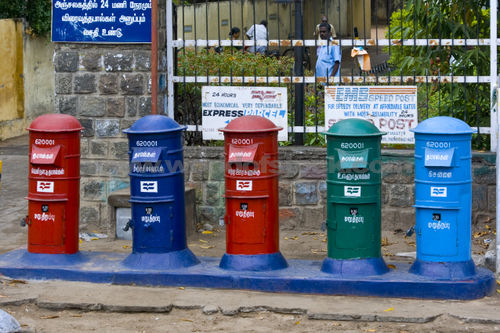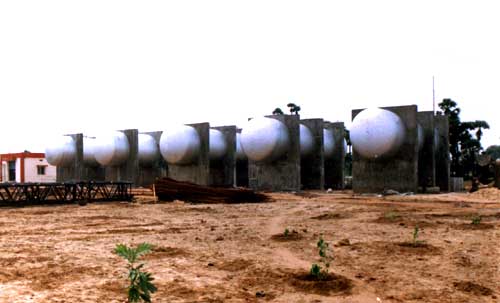Continuing with the Hyderabad-based UIDAI fraud, the following report suggests that the city and perhaps the selfsame group of former and current IL&FS employees have been a major site for the production of fraudulent Aadhaar numbers [one lakh, for those unfamiliar with South Asia, is 100,000].
50k untraced Aadhaar cards returned
“Untraced addresses” plague Aadhaar card project in the state. Post offices have sent back nearly 50,000 Aadhaar cards to the UIDAI stating that they could not trace the addresses. This has led to complaints that Aadhaar cards were registered with fake addresses. Interestingly, majority of the cards that were sent back were issued in Hyderabad. These cards are lying undelivered with several post offices in the city for nearly a year.
The postal department has communicated to the civil supplies department expressing its inability to deliver Aadhaar cards due to wrong addresses and informed that it has returned them to UIDAI. The civil supplies department is the nodal agency for implementing the Aadhaar project in the state. Following this, the department has directed all the enrolment agencies to be extra cautious while submitting address details of people in the online system during the second phase of Aadhaar enrolments, which began recently, after a two-and-a-half month break, in February.
“People not residing in the addresses specified can be understood for reasons like shifting from rented houses, transfer of jobs etc. But, the non-existence of addresses itself is a serious issue. This shows that the enrolment agencies have submitted Aadhaar online details without verifying correct addresses,” said an official of civil supplies department. Though the UIDAI had established about 3,000 enrolment centres in AP, till date only 3.5 crore people have been enrolled and around 4 crore people are yet to be enrolled.
In Hyderabad, the centres have managed to enrol nearly 42 lakh citizens. Over 8 lakh people in the city are yet to be enrolled, though most of those who have enrolled are yet to receive their cards. In addition, people who already enrolled for the cards a year ago have not received them so far. The enrolment agencies are not maintaining a serial number for people who belong to the same family. With this, while some members within the same family have got cards, others did not.
The helpline provided by UIDAI is also not serving the desired purpose with people complaining that it was confined to register only complaints and no solution is being provided for getting Aadhaar cards.
One might attend, first, to the obvious: the problem is not that there are criminals–such is to be expected–but that the scale of this duplication was not caught by any audit on behalf of UIDAI itself but rather and only by the post office.
But the basic point I would like to attend to is that an entire city, Hyderabad, has been indemnified here, as what we might call a zone or an intensity of duplication.
Rather than see duplication as either a static condition of corruption and de-duplication as a contrastive force, we might think of duplication as a variable intensity with a contingent relation to space, here the city of Hyderabad.
If I were paranoid, I might want to attend more sharply to this city’s particular signification through figures of the “Islamicate,” in a context where for example in late 19th and in particular early 20th century Urdu is portrayed through gendered figures of artifice [duplication]. But I have not seen the media engagement with the scandal or its particular spatial intensities turn to any such racialization. Perhaps more salient is the city’s importance as a center of IT labor and thus as a site for proliferating cultures of virtuality, hacking, and so forth.



